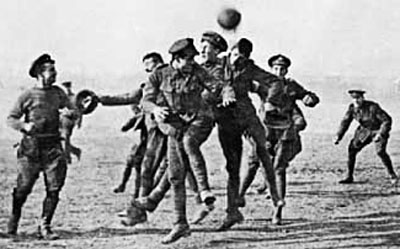by Thomas O’Dwyer

Christmas is one of the most remarkable festivals of human invention, a fact acknowledged by non-Christians no less than people of that faith. The arbitrary association of the birth of Jesus with December 25 merely added a new legend to a festival that was already thousands of years old in a variety of iterations that had the winter solstice as the common denominator. The traditions attached to the holiday have evolved down centuries of differing beliefs, legends, politics, lifestyles — though “tradition” may be too kind a word for the crass commercialism of the modern Christmas season in the United States of Dollarmania. It’s a far cry from Neolithic days and the people who built Stonehenge on Salisbury Plain in England and Newgrange in the Boyne Valley of Ireland, who oriented massive monuments to intercept the sunrise on the morning of the midwinter solstice. Archaeologists have revealed that the residents of Durrington Walls near Stonehenge held large festivals coinciding with this turning point from shortening to lengthening days. And so it began, the accretion of customs, festivities, eating and drinking, link after link down the chain of time to our “Ho ho ho! Buy buy buy!”
Romans dedicated the feast to Saturn, and medieval Europeans booted him aside to celebrate Christ’s Mass, dovetailing devotion with drunken partying. Victorians shaped the modern Christmas sentimentally chronicled by Charles Dickens. Drunken public partying of past centuries gave way to sober child and family-centred celebrations inspired by Queen Victoria, Prince Albert and their nine children. Albert introduced the Christmas tree from his native Germany. Children’s gifts, Christmas cards, crackers, and plum pudding followed, and turkey replaced the traditional goose for dinner. Santa Claus, who had morphed from Saint Nicholas of Myra in Byzantium via Sinterklaas, whom Dutch settlers brought to New York, now appeared on his reindeer sleigh in the Christmas Eve sky over England. American poet Clement Clarke Moore had defined the concept of Santa that still endures — costume, sleigh, reindeer, global gift-giving, chimney antics — in his poem A Visit from St. Nicholas (also called The Night Before Christmas). Read more »
